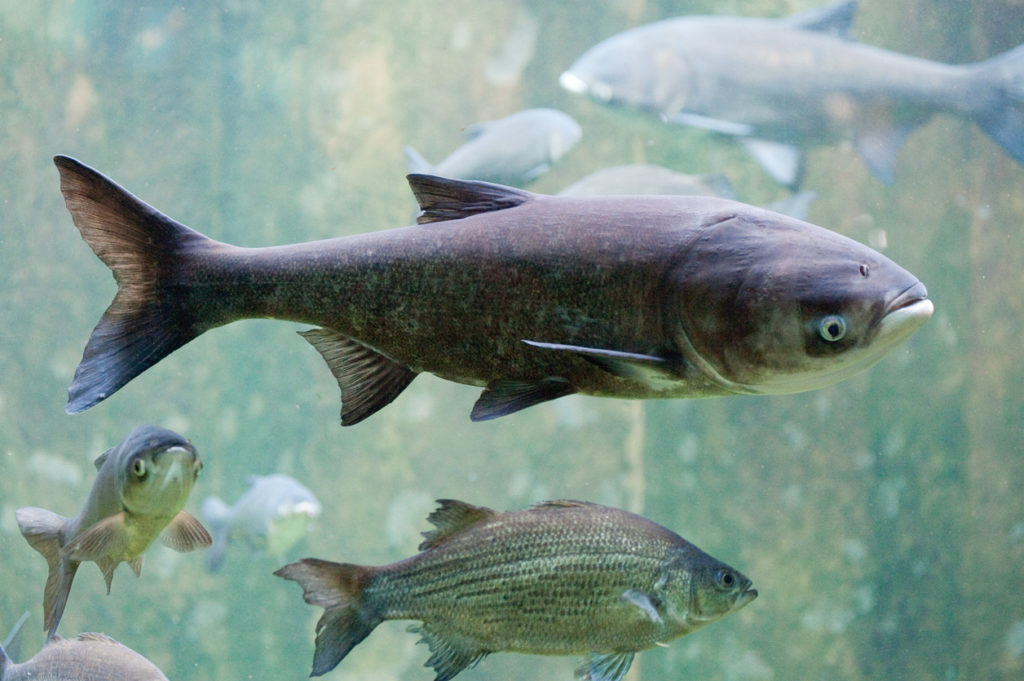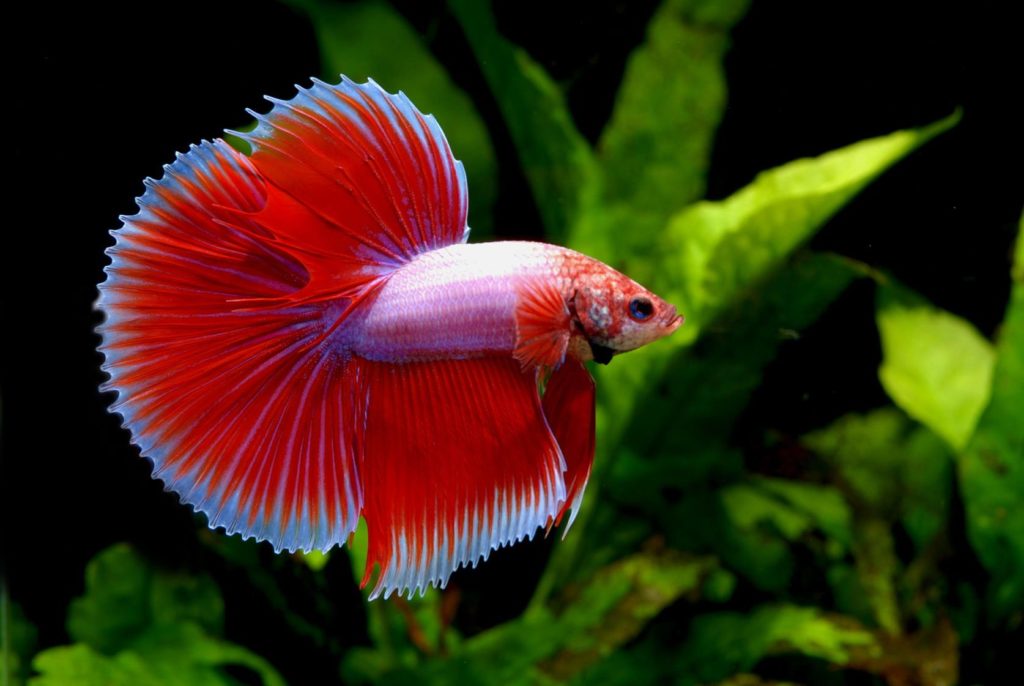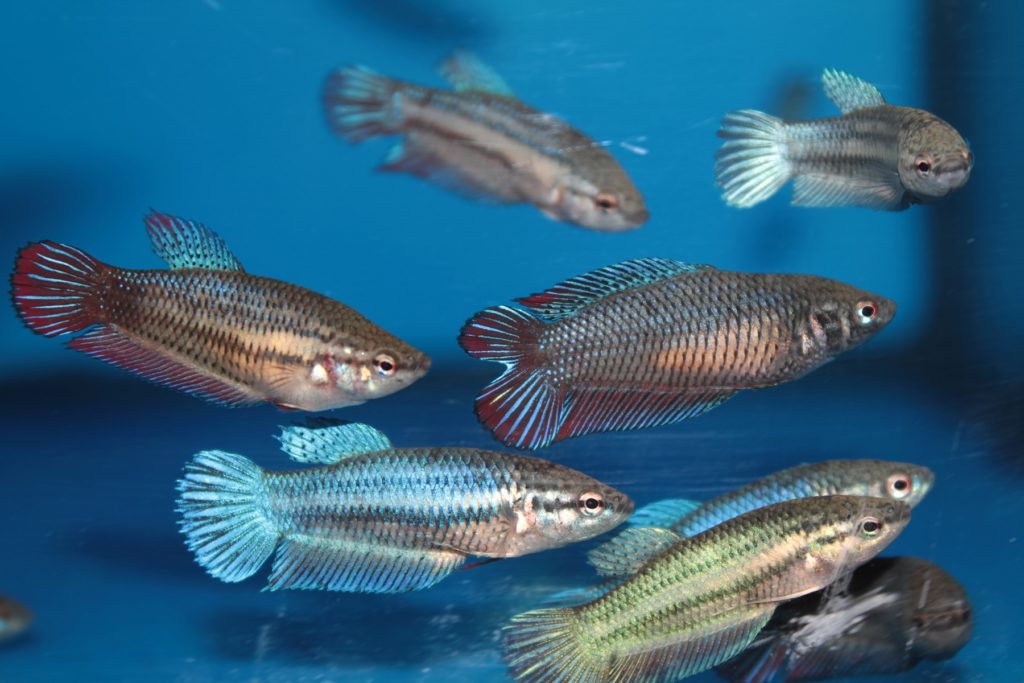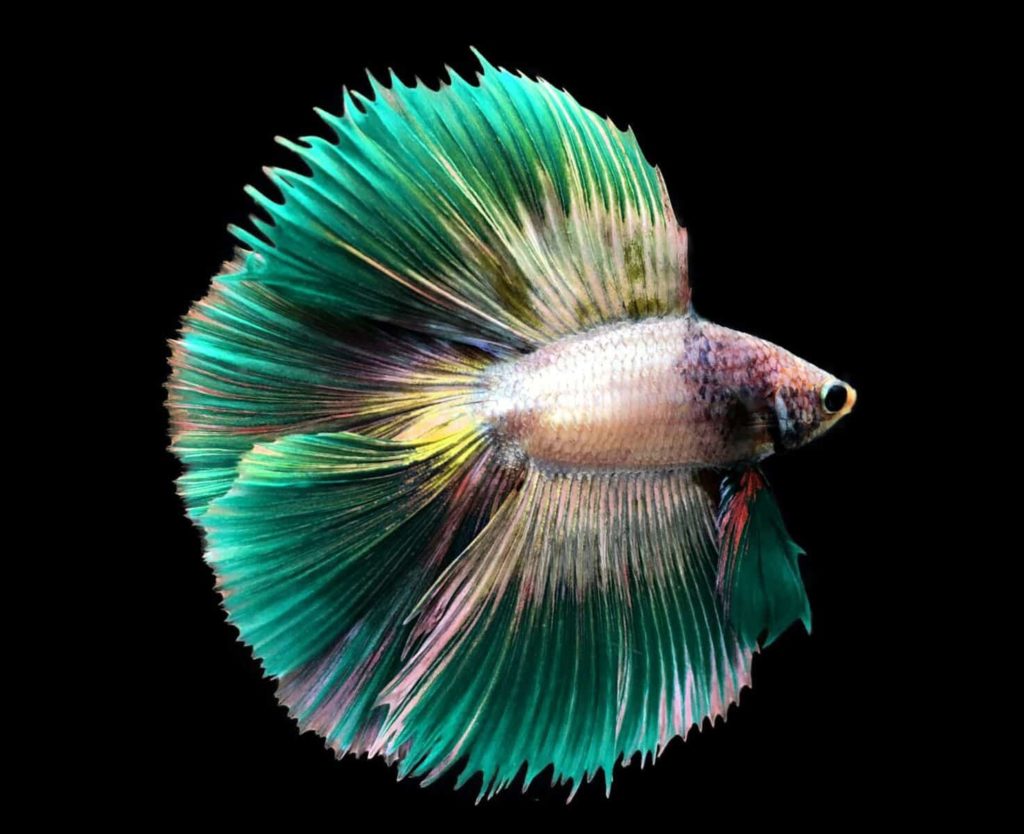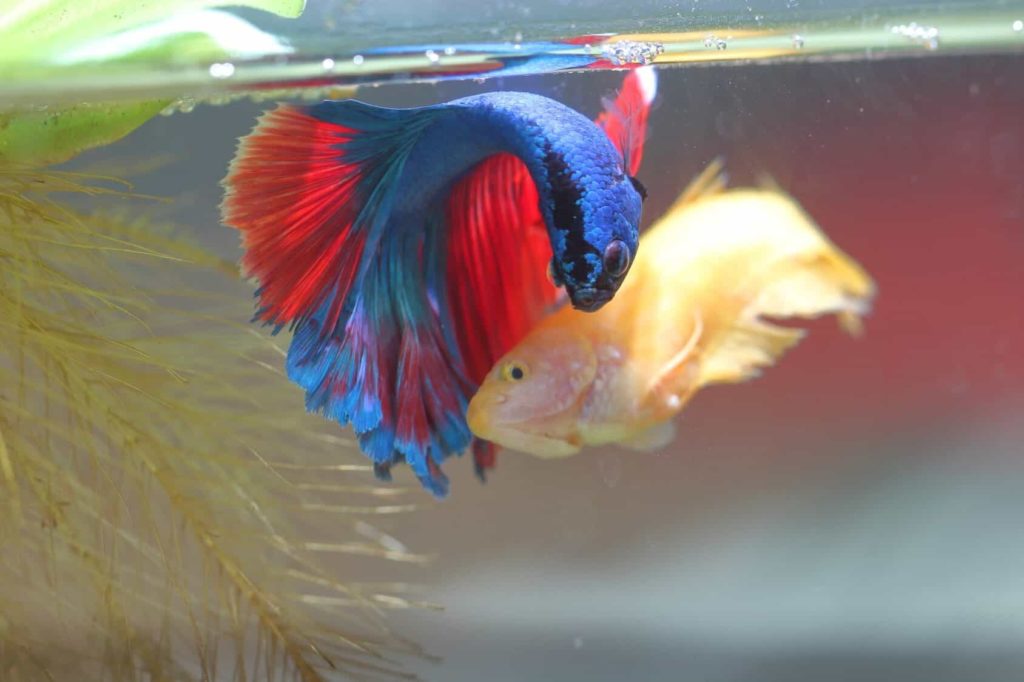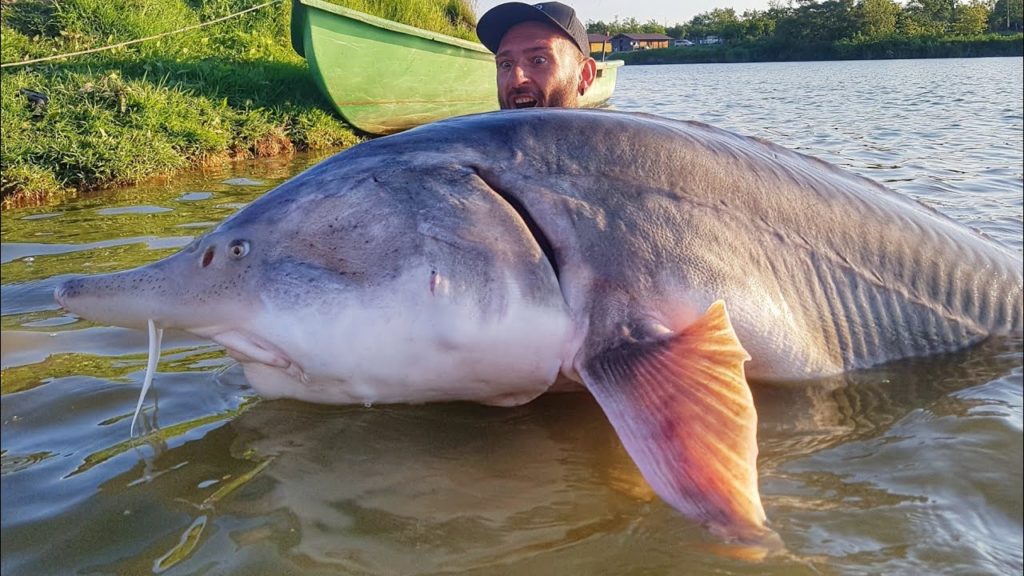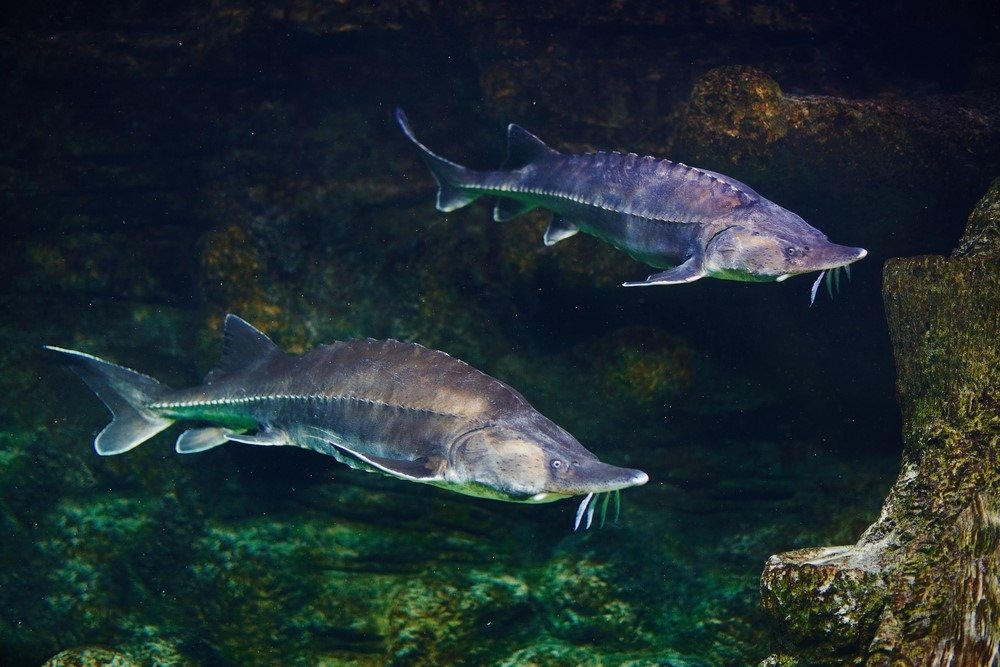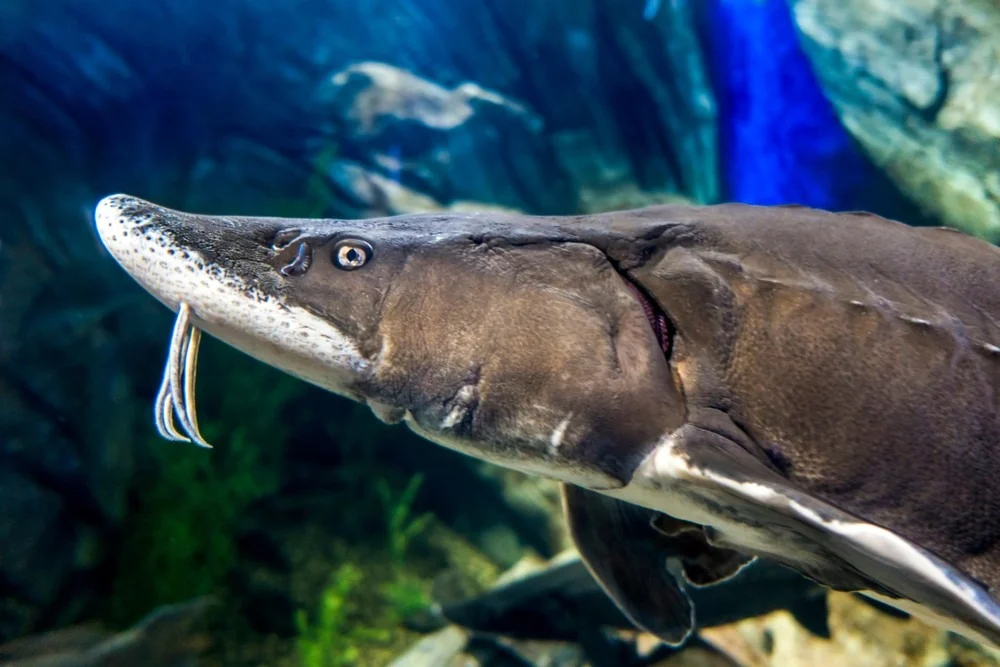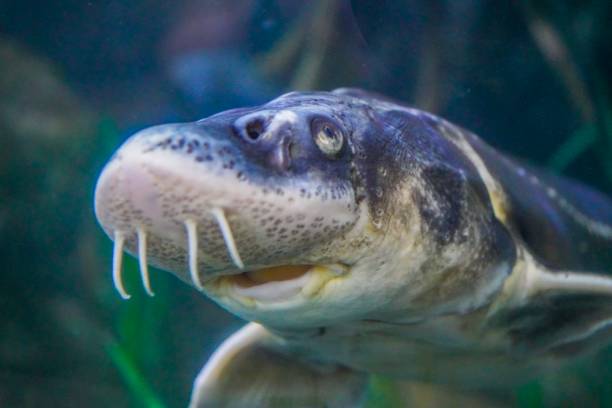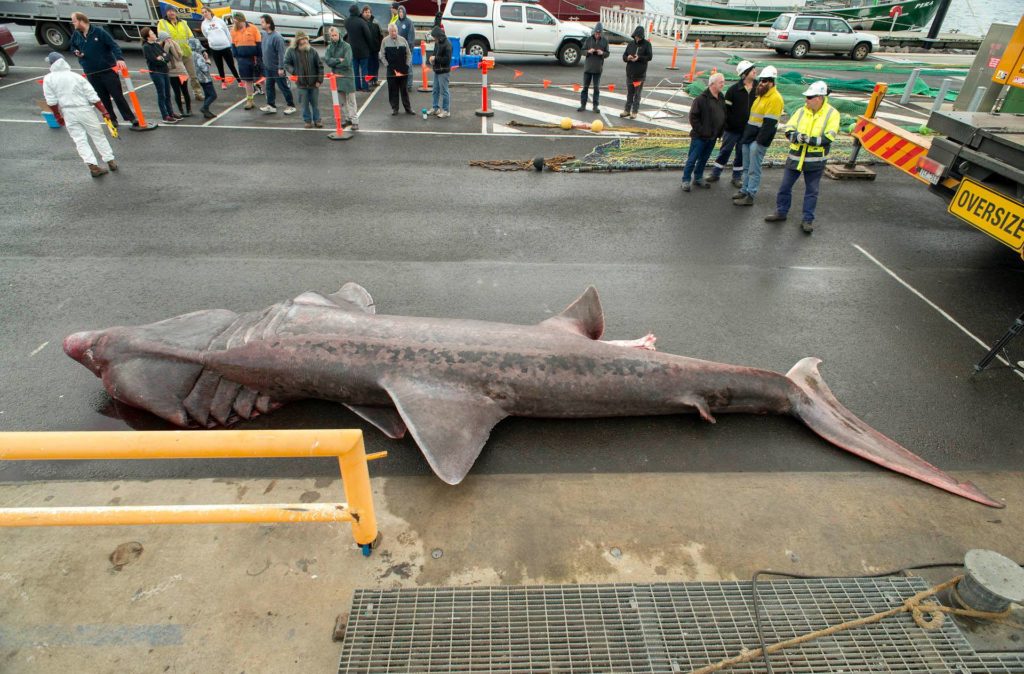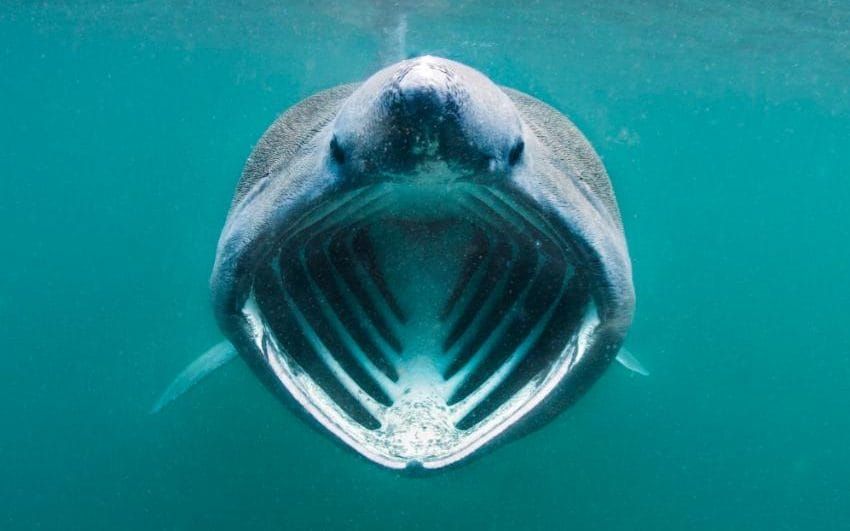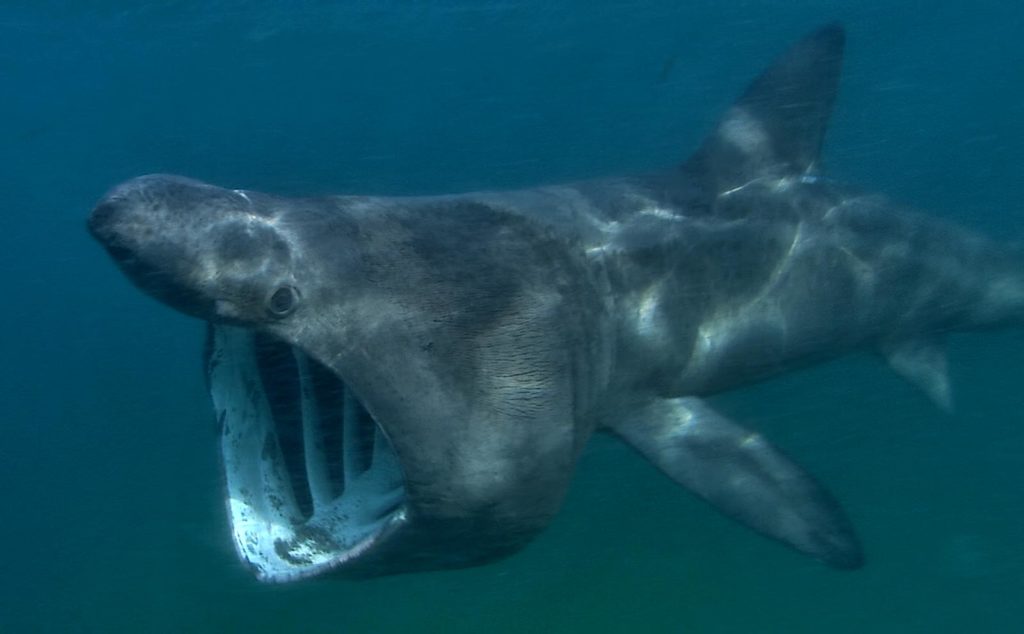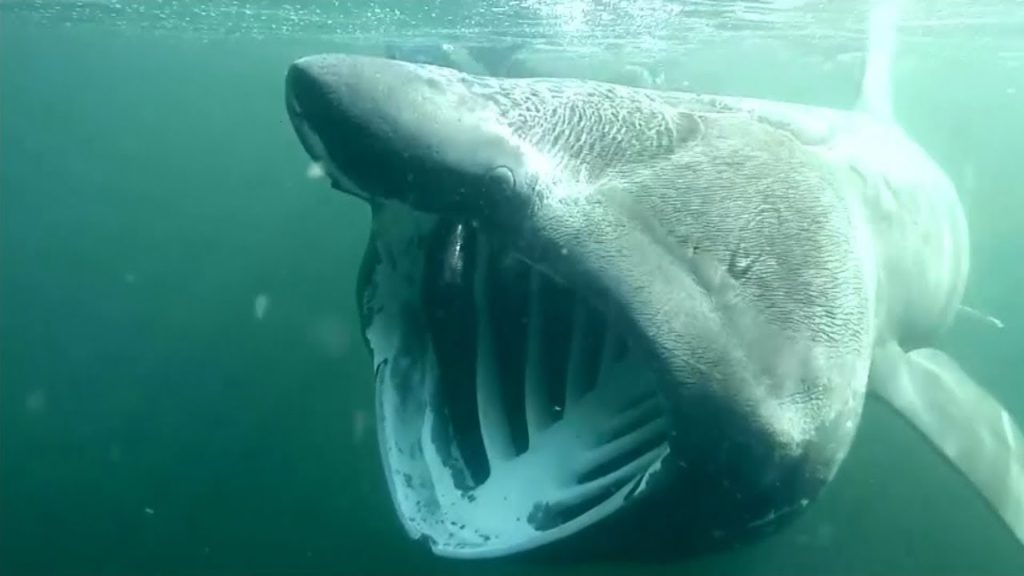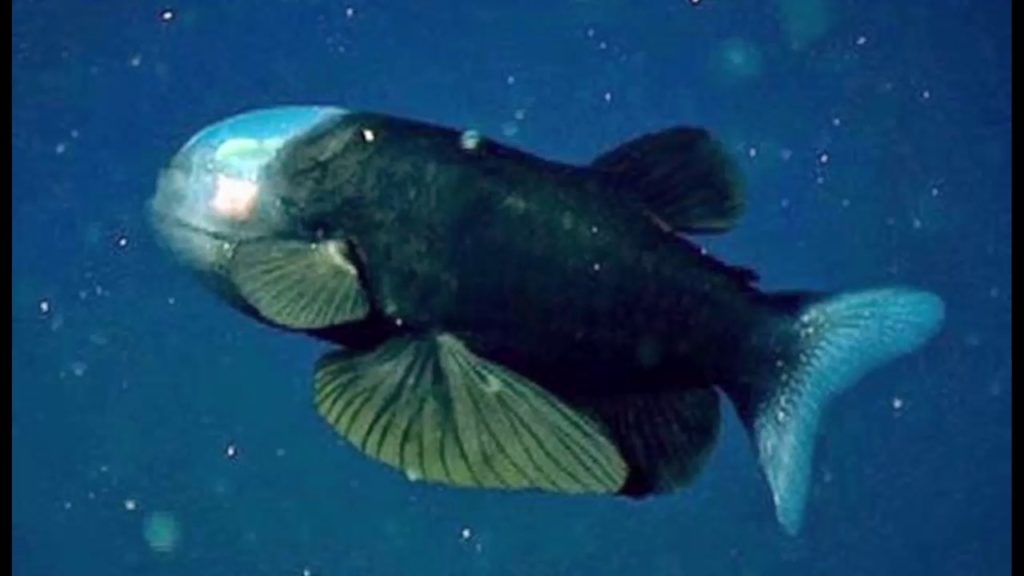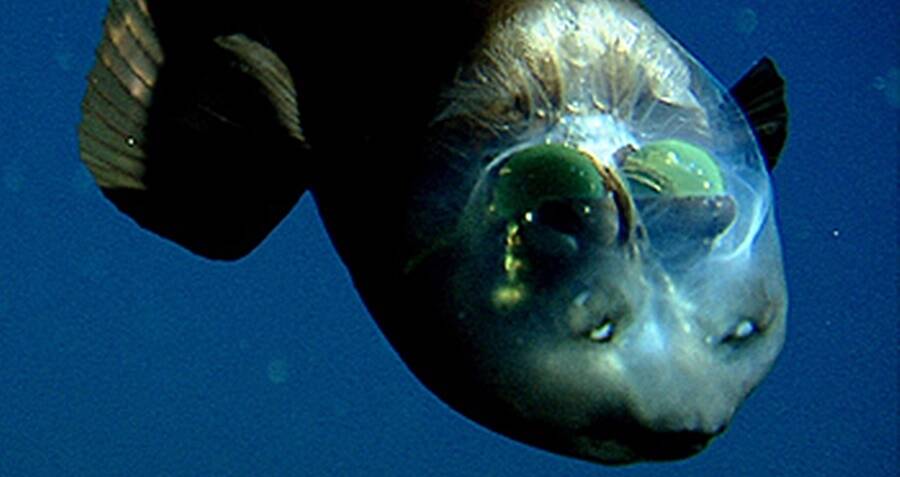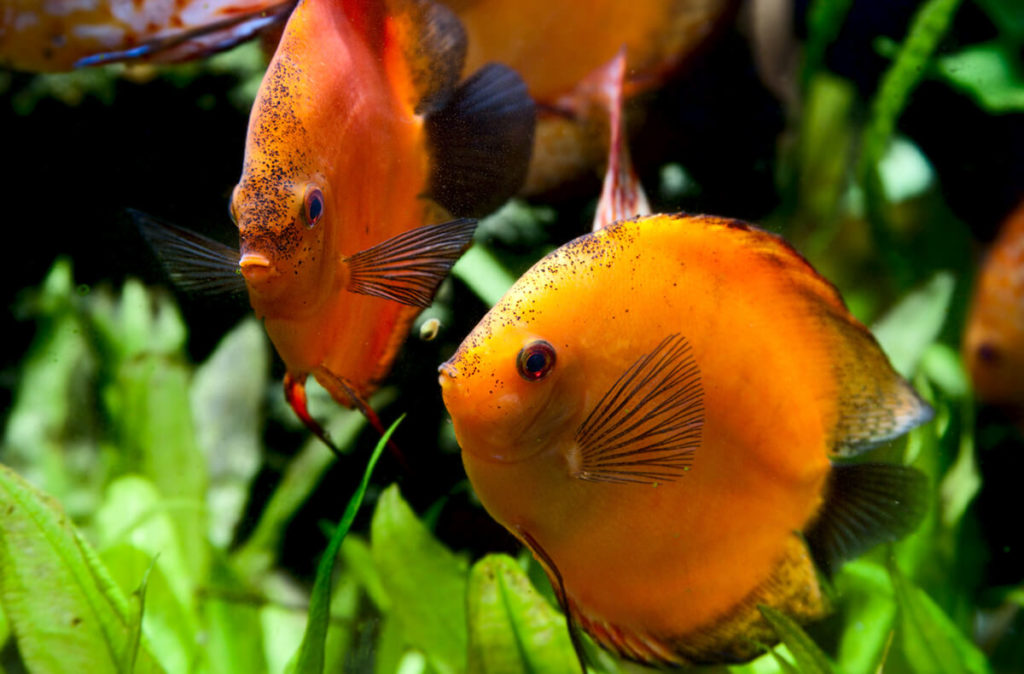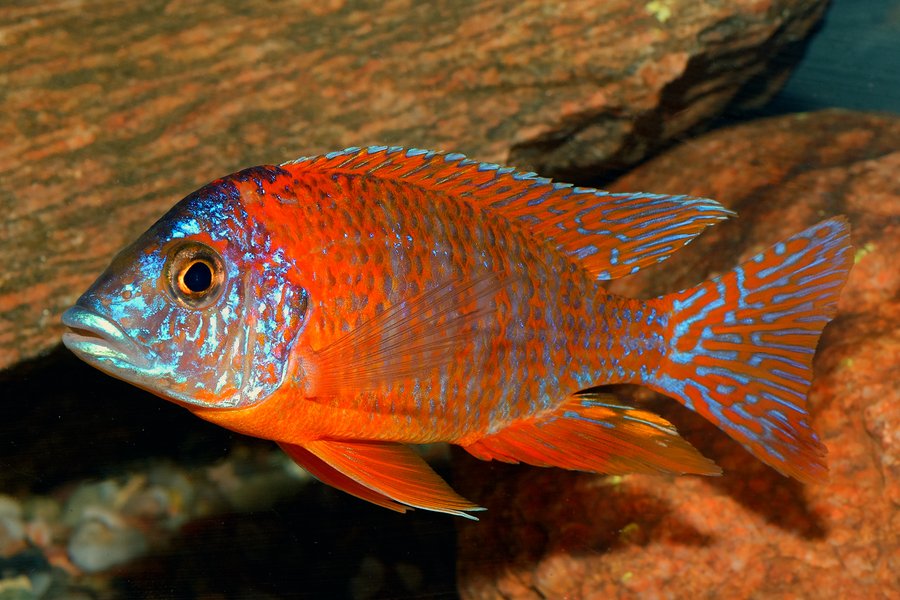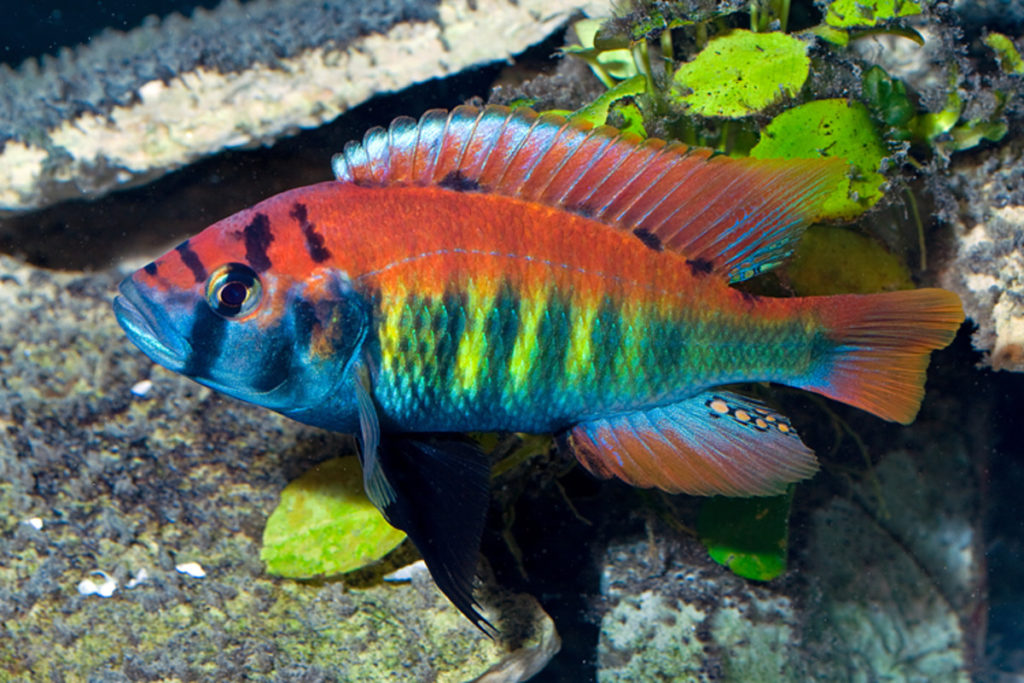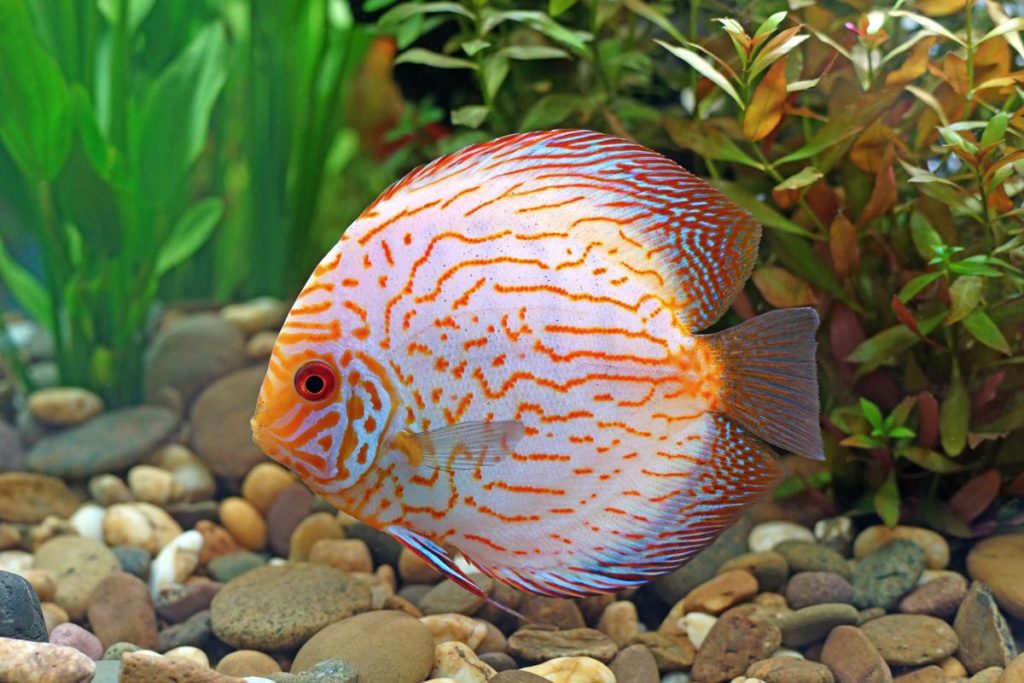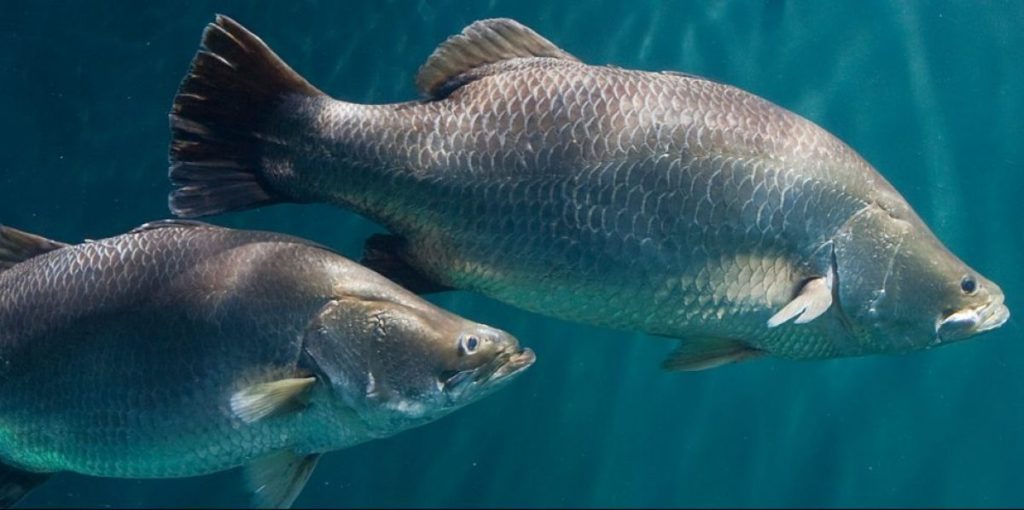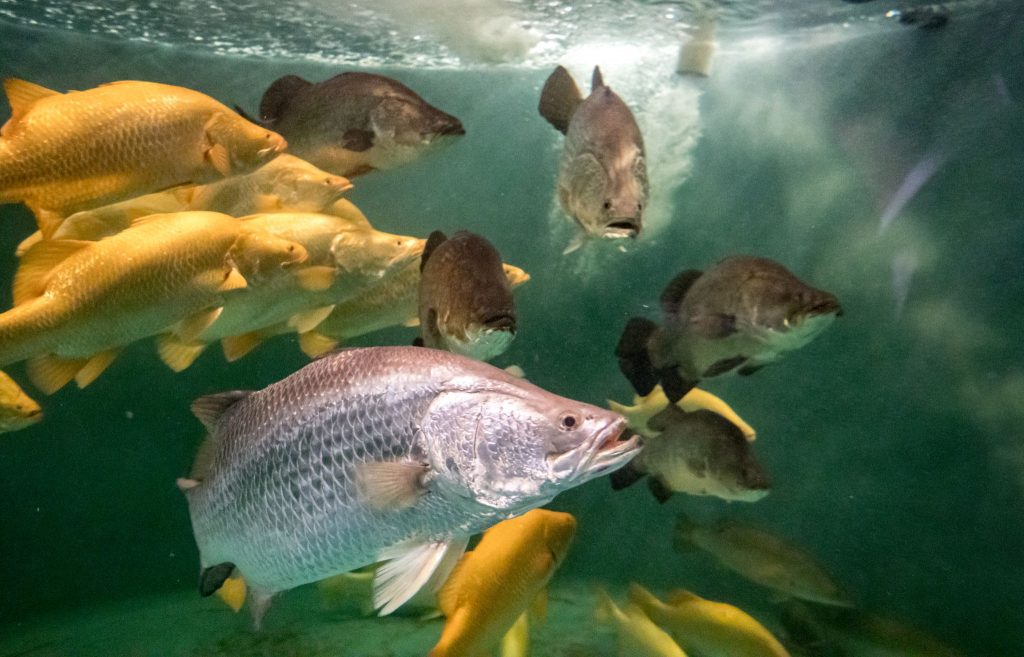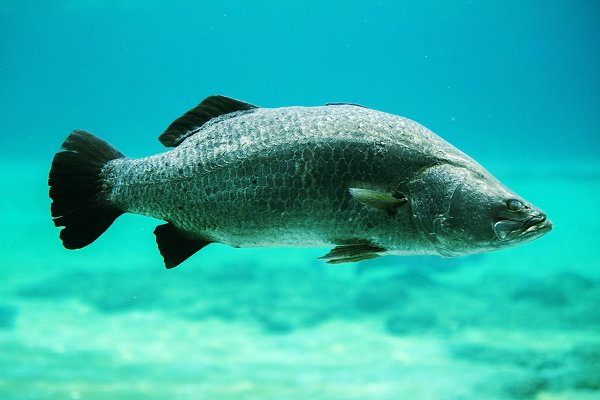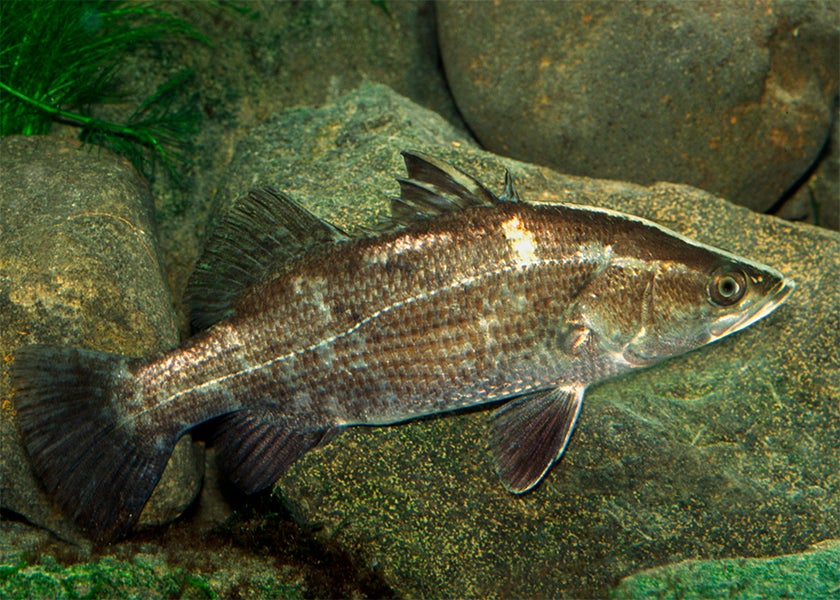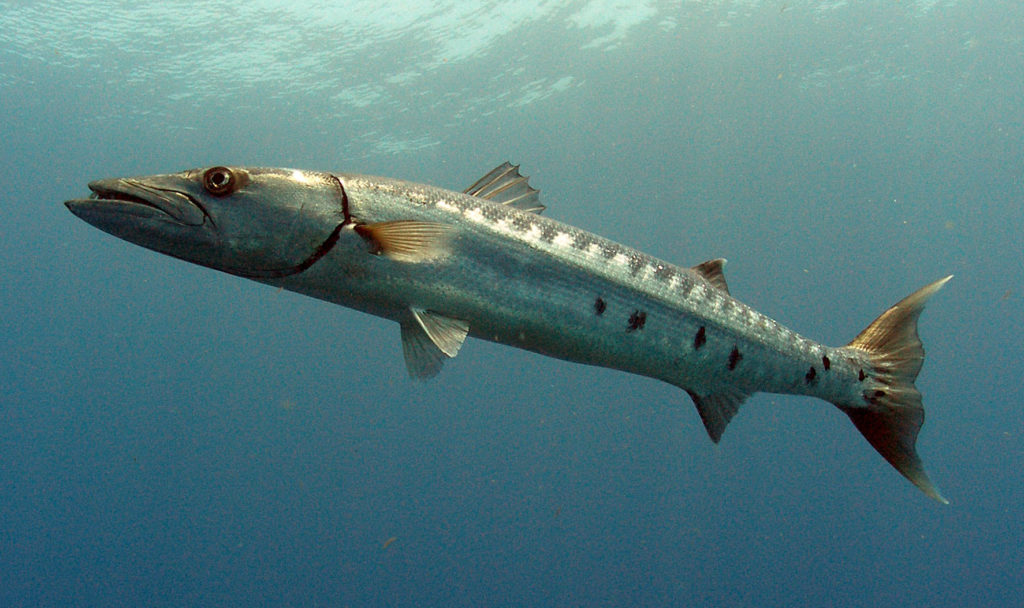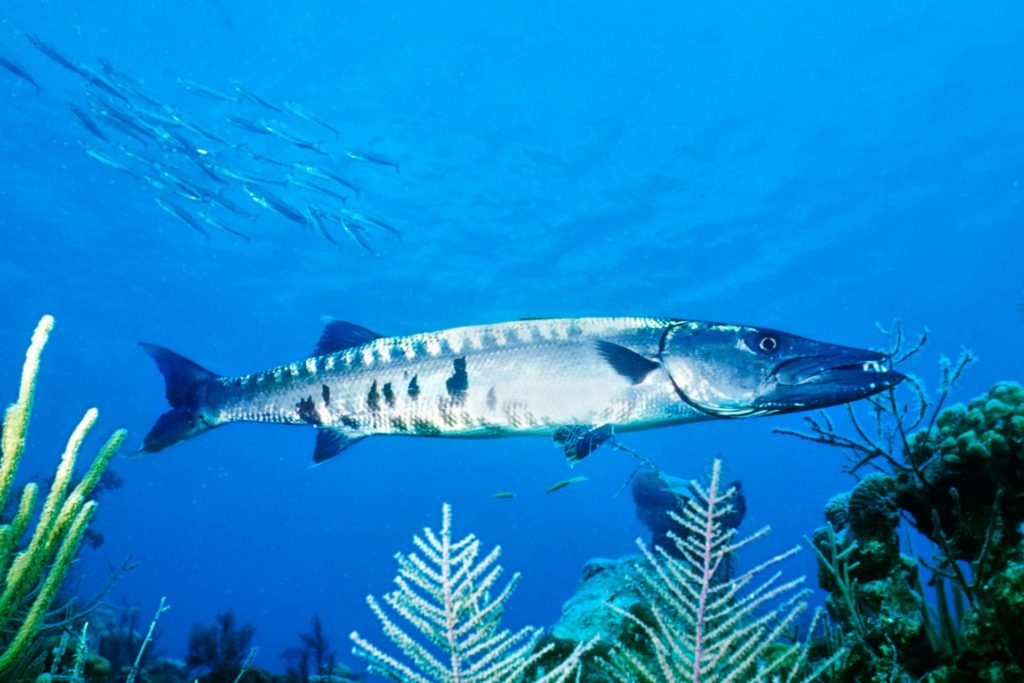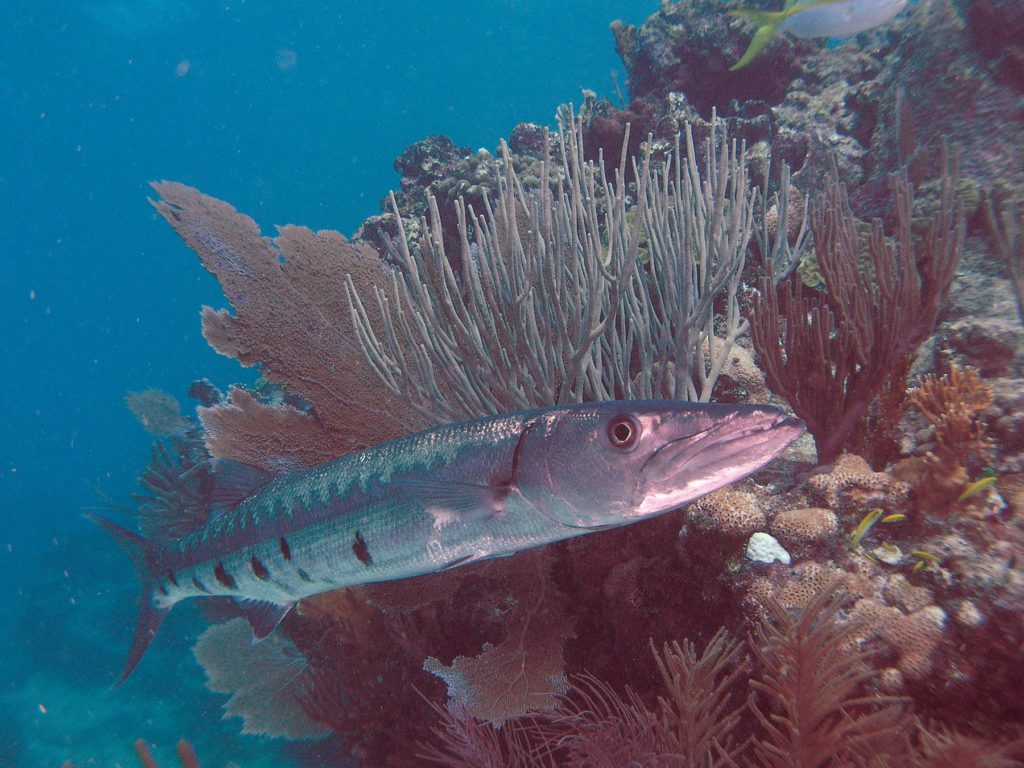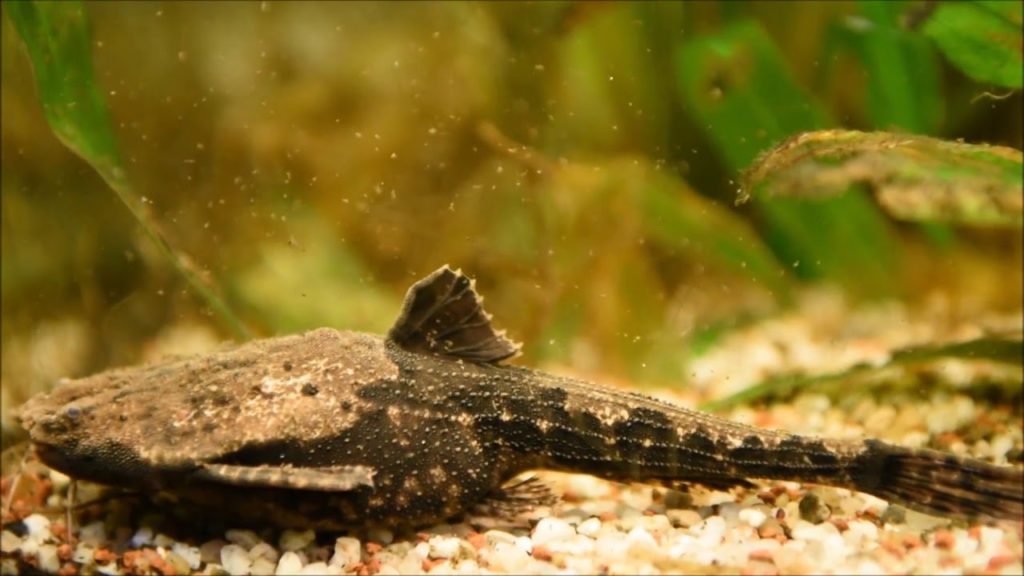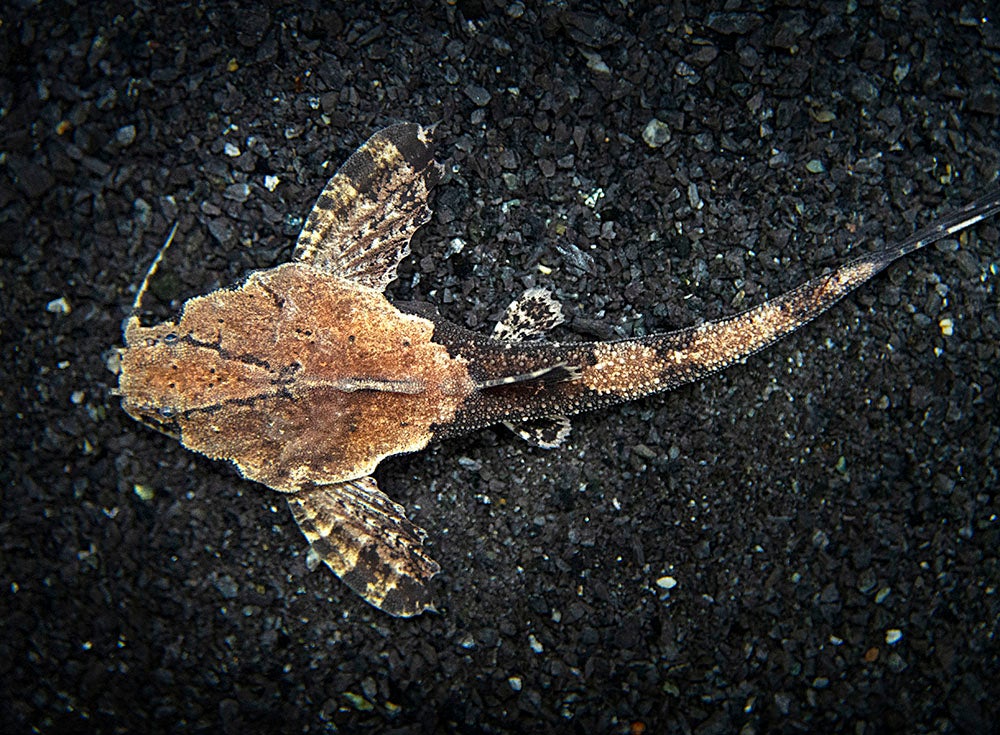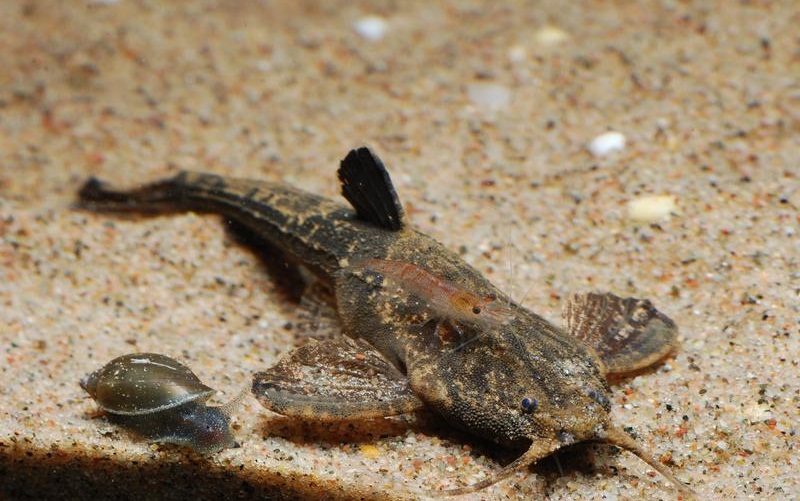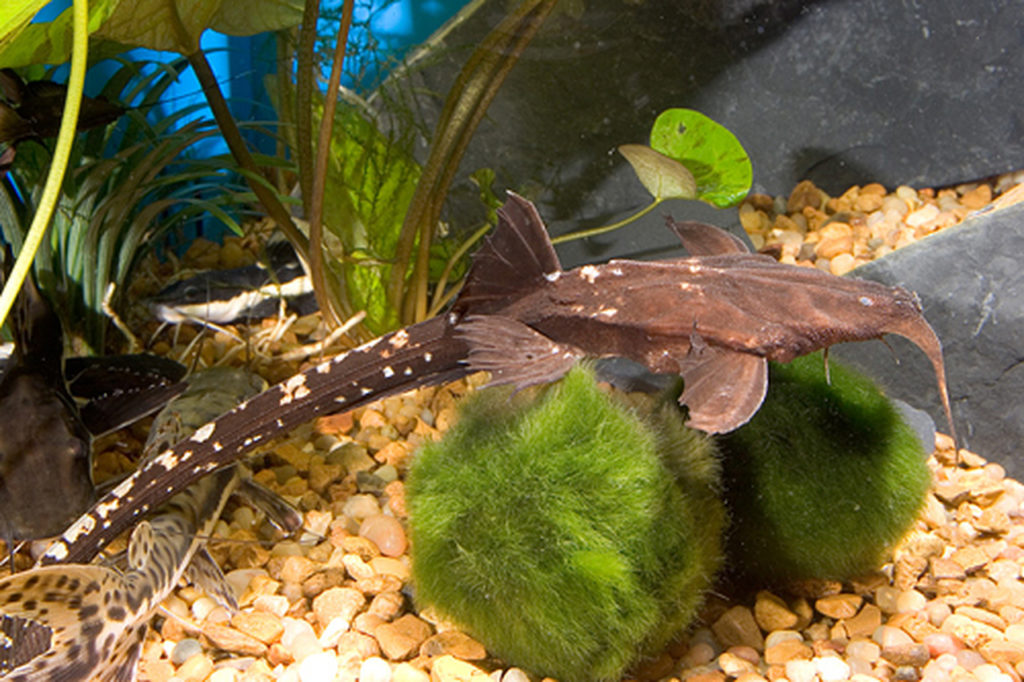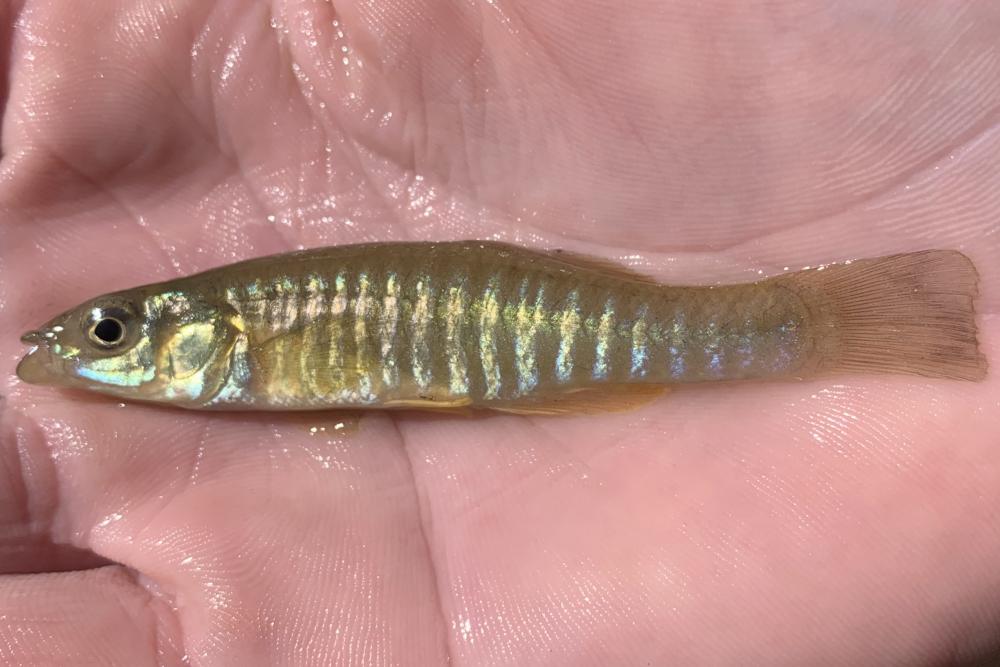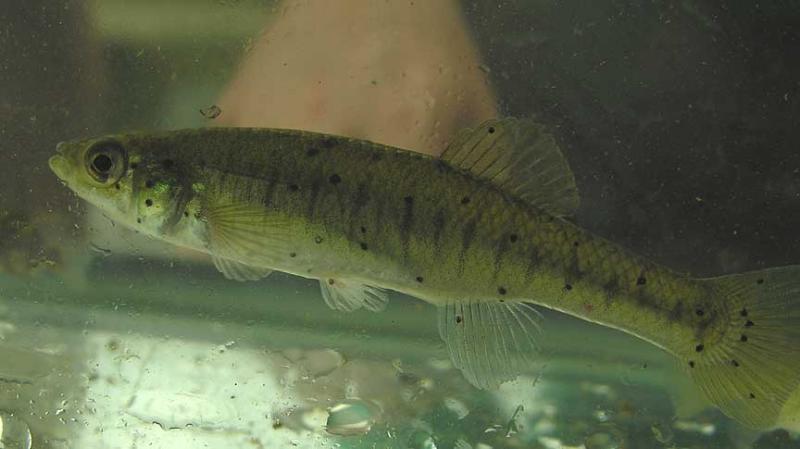The bighead carp (Hypophthalmichthys nobilis) is a freshwater fish that is one of several Asian carp species. It is found in eastern Asia’s big rivers and related floodplain lakes. It is one of the most heavily utilized aquaculture fishes. In 2013, global output was over 3 million tons, with China accounting for the majority of it.
The range of the Bighead fish spans from southern China north to the Amur River system, in addition to its availability in its native habitat. These species have also been widely imported outside of their native region, including the United States and a number of nations in South Asia.
Bighead carp is an important aquaculture species, with the fifth-highest production rate of all cultured freshwater fish globally. Its output increased from 15,306 tonnes in 1950 to 3,059,555 tonnes in 2013, with China accounting for the majority of the increase. Bighead carp has a rapid growth rate, making it a profitable aquaculture fish. Bighead carp, unlike common carp, are primarily filter feeders.
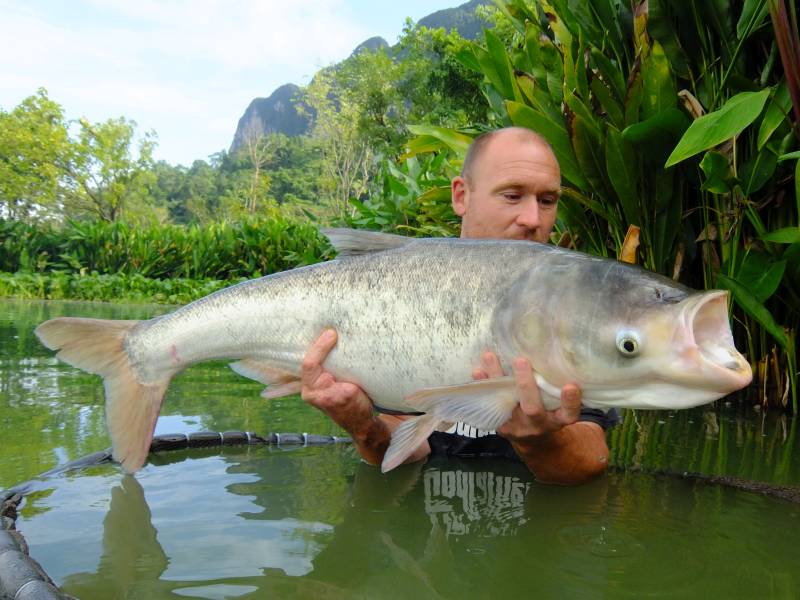
Zooplankton is their preferred food, but they also eat phytoplankton and debris. In the United States, bighead carp are considered a very damaging invasive species. Bighead carp (H. molitrix) and the closely related silver carp (H. molitrix) were imported to the United States to remove surplus or undesired plankton from sewage treatment plants and aquaculture facilities, thereby improving water quality.
They are cultivated in ponds in the United States. The market for life or recently killed animals is the most profitable. As a result, bigheads have frequently exported life, posing a high risk of the fish spreading, either by the release by the end customer or escape during transit. The usage of bighead carp as fishing bait is another potential source of unintended bighead carp propagation. This same demand attracted fish farmers to import bighead carp as a water quality control tool in aquaculture ponds in the 1970s, but floods breached parts of the ponds, releasing the fish into the Mississippi River.
Body Structure
The bighead carp has a huge, scale-less head with a large mouth and low-set eyes. The colour of adults is usually speckled silver-gray. It’s a big fish, with a typical length of 60 centimeters and a maximum size of 146 centimeters and 40 kilograms. The Bighead Carp fish resembles the Silver Carp fish in appearance, with the exception of the body color.
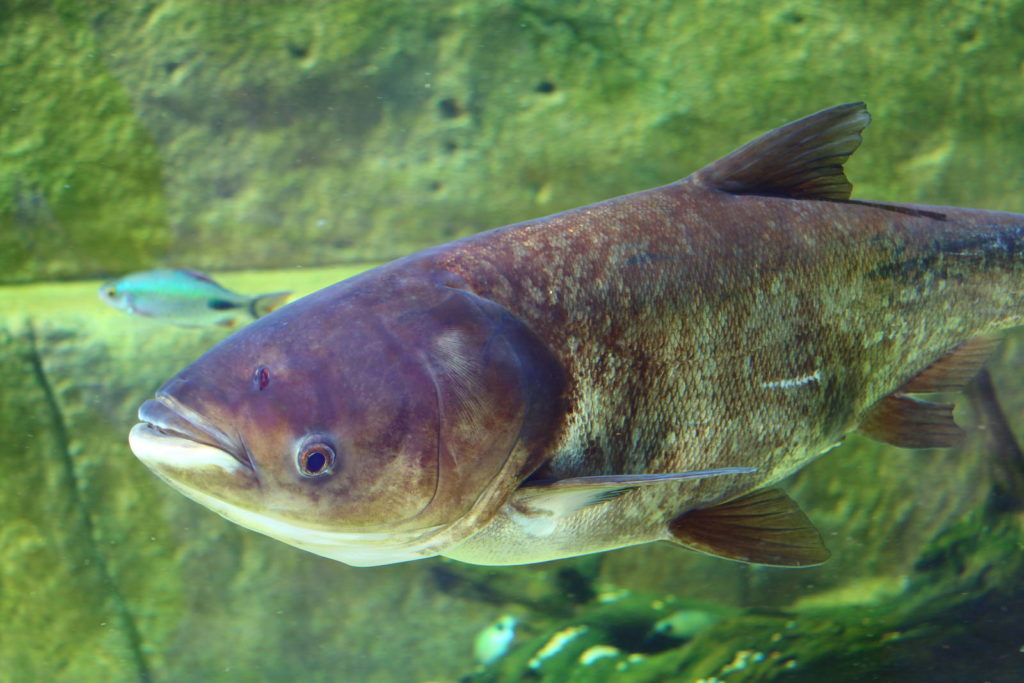
It has irregular, dark gray to black markings on the back and sides and is dark gray above and cream-colored below. Only the bases of the pelvic fins are reached by the belly keel, which extends forward from the vent. On the first gill arch, the rakers are long and slender.
Spawning
In rivers, spawning is naturally induced by a rise in water level after rain. According to reports, the Bighead Carp’s spawning season can last from spring to late summer. The semi-buoyant eggs are thrown into the river channel, where they hatch as they are swept along by the stream. In most cases, these fish are unable to spawn in ponds or lakes. Females achieve maturity at three years of age, whereas males reach maturity at two years. Although, depending on the environment, the exact age can vary greatly. Bighead females can lay anywhere from 280,000 to 1.1 million eggs, which float for 40 to 60 hours before hatching.

Diet
The Bighead Carp is a vigorous filter-feeder with a broad food range that develops swiftly and reproduces rapidly. They are a powerful rival because of their specialization. They are generally fed on plankton and detritus strained from the water with their closely set gill rakers. In a contrast to Silver Carp fish, these fish eat greater plankton, including zooplankton and algae. Because bighead carp lack a genuine stomach, they must feed virtually constantly.
Uses
Despite their huge size, bighead carp are primarily raised for food. They’re also a popular sport fish.

